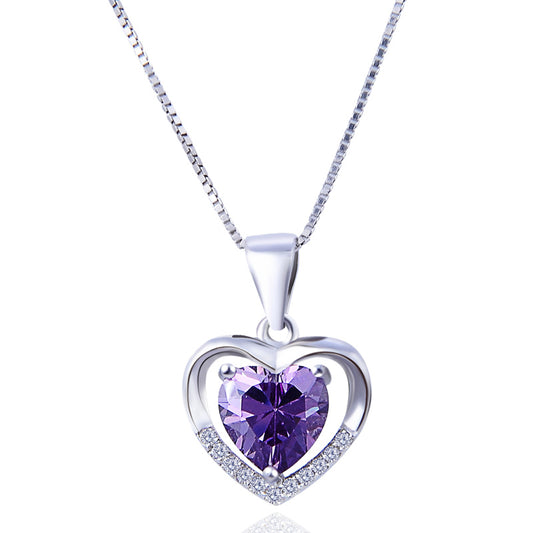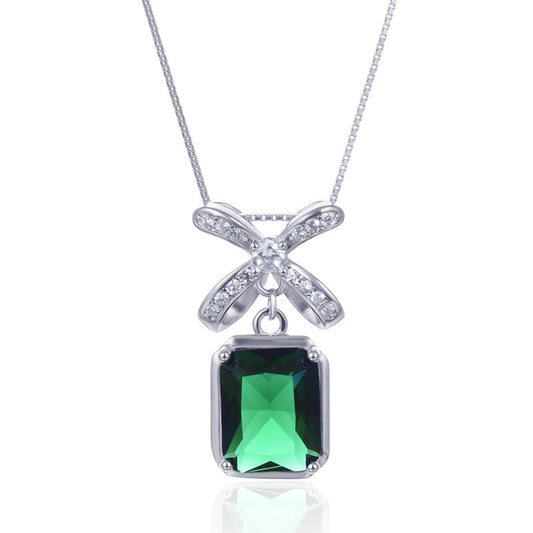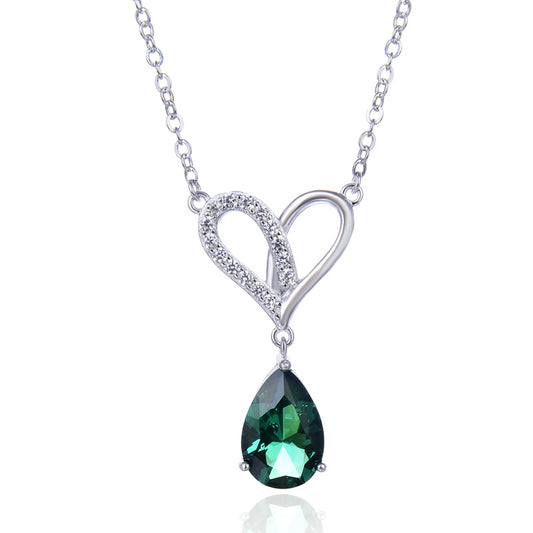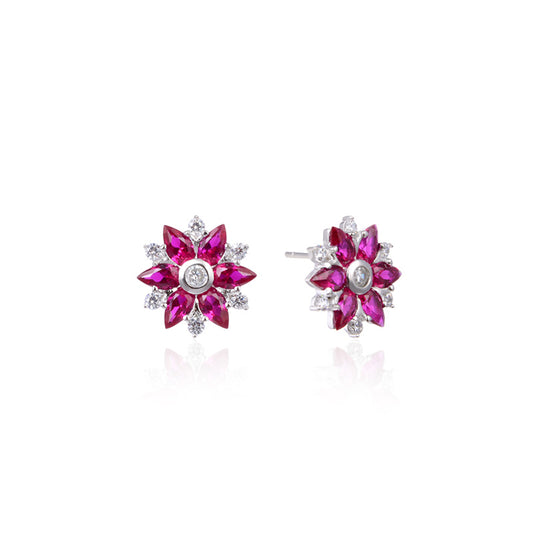The Ultimate Guide to Henna Tattoos
What is a Henna Tattoo?
A henna tattoo, also known as mehndi or mendhi, is a form of body art created using a paste made from the powdered leaves of the henna plant (Lawsonia inermis). This paste, when applied to the skin, leaves a temporary red-brown stain that can last anywhere from a few days to several weeks. Henna tattoos have a long history, tracing back thousands of years to ancient cultures in the Middle East, India, and North Africa, where they were (and still are) used to adorn women's hands and feet during weddings and other celebrations.
History and Cultural Significance
Henna tattoos have deep cultural roots, particularly in Indian, Middle Eastern, and North African cultures. They have been used for centuries as a decorative and symbolic art form, often associated with fertility, good luck, and protection. In Indian weddings, for example, the bride's hands and feet are often adorned with intricate henna designs as part of the pre-wedding ceremony, signifying joy, beauty, and the hope for a fertile and happy marriage.
In the West, henna tattoos have gained popularity in recent years as a temporary and less painful alternative to permanent tattoos. They are often seen at festivals, concerts, and other events where people want to express themselves through body art without committing to something permanent.
How are Henna Tattoos Applied?
Applying a henna tattoo is a relatively simple but meticulous process. Here's a step-by-step guide:
- Prepare the Henna Paste: Traditional henna powder is mixed with water, lemon juice, and sometimes other ingredients like sugar or essential oils to create a smooth paste. The lemon juice acts as a natural acid to help release the dye from the henna powder.
- Design Selection: Choose a design or pattern. These can range from simple geometric shapes to complex floral or abstract designs. Traditionally, henna tattoos often feature floral patterns, vines, and symbols like the lotus or peacock, which have deep cultural significance.
- Application: Using a plastic cone or a syringe, the henna artist carefully applies the paste onto the skin, following the chosen design. The paste is left to dry on the skin for several hours, depending on the desired intensity of the stain.
- Removal and Staining: Once the paste has dried, it is gently scraped off, revealing the red-brown stain underneath. The longer the paste is left on, the darker and more intense the final color will be.
- Aftercare: To preserve the tattoo's color and longevity, it's important to avoid washing the area with soap and water for at least 24 hours after application. Moisturizing the tattooed area with natural oils like olive oil or coconut oil can also help prolong the color.
Design Ideas and Inspiration
Henna tattoos offer endless possibilities in terms of design. Here are some popular design ideas to inspire you:
- Floral Patterns: Roses, lotuses, and other flowers are common motifs in henna tattoos, symbolizing beauty and growth.
- Geometric Shapes: Simple shapes like triangles, circles, and squares can create visually striking patterns.
- Symbols and Icons: Symbols like the Om, infinity sign, or even animals like peacocks or elephants can carry deep cultural or personal meanings.
- Words and Quotes: Inspiring words or quotes can also be incorporated into henna designs, adding a personal and meaningful touch.
Safety Considerations
Although henna tattoos are generally safe, there are a few precautions to keep in mind:
- Allergies: Some people may be allergic to henna or other ingredients in the paste. It's always a good idea to do a small patch test on the skin before applying a larger design.
- Pregnancy: Pregnant women should consult a doctor before getting a henna tattoo, just to be on the safe side.
- Skin Conditions: If you have sensitive skin or any skin conditions, it's best to consult a dermatologist before applying henna.
Removing Henna Tattoos
Henna tattoos are temporary and will fade naturally over time. However, if you want to speed up the removal process, there are a few methods you can try:
- Exfoliation: Gently exfoliating the skin with a loofah or scrub can help fade the henna tattoo faster.
- Lemon Juice: Applying lemon juice to the tattooed area can help lighten the stain, but be careful as lemon juice can also irritate sensitive skin.
- Bleach or Chemical Removers: Stronger methods like using bleach or chemical removers are not recommended as they can irritate and dry out the skin.
In most cases, it's best to let the henna tattoo fade naturally to avoid any potential skin irritation.
Henna Tattoo Kits and Supplies
If you're interested in trying henna tattoos at home, you can purchase henna tattoo kits online or at craft stores. These kits typically include:
- Pre-mixed henna paste
- Application tools like cones or syringes
- Stencils or designs for inspiration
- Gloves and other supplies
When choosing a henna tattoo kit, make sure to read the ingredients list carefully to ensure you're not allergic to any of the components. Also, follow the instructions provided for the best results.
Conclusion
Henna tattoos are a beautiful and temporary way to express yourself through body art. With their rich cultural history and endless design possibilities, they offer a unique and safe alternative to permanent tattoos. Whether you're attending a festival, celebration, or just want to try something new and exciting, henna tattoos are a fantastic choice. So why not give them a try? You might be surprised at how much you love this ancient art form!








